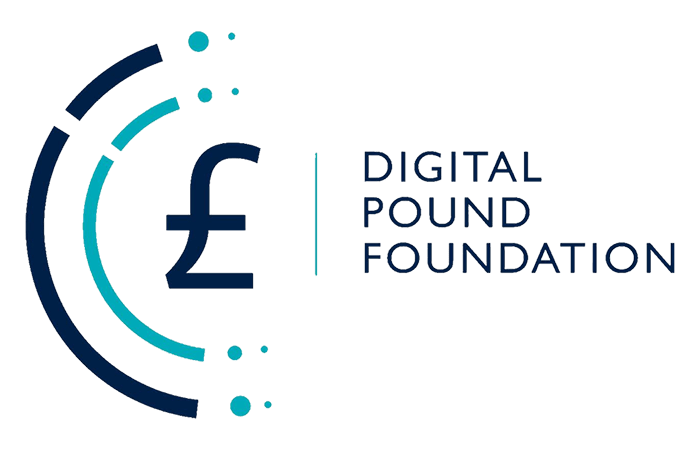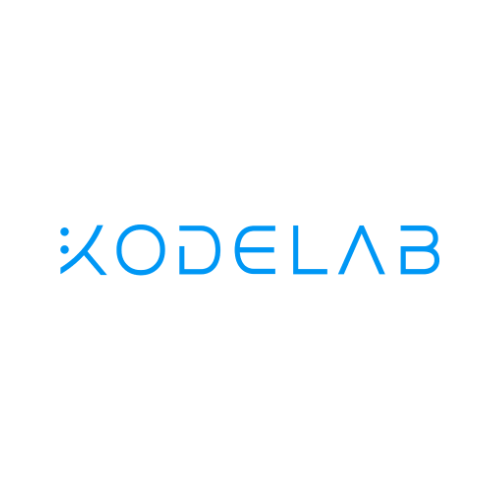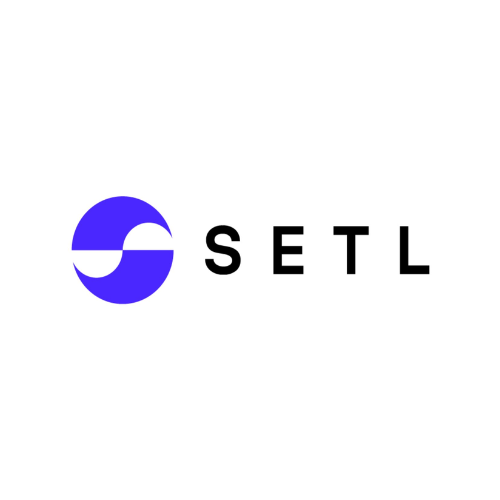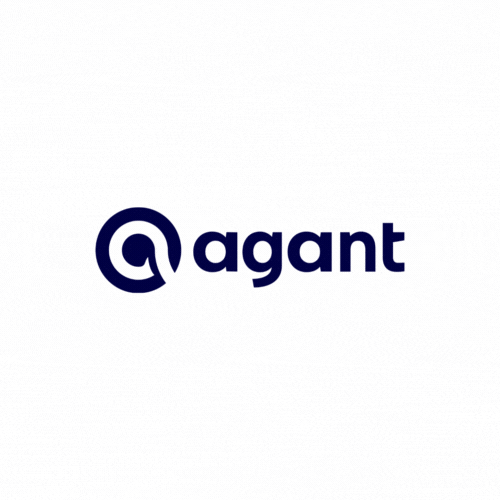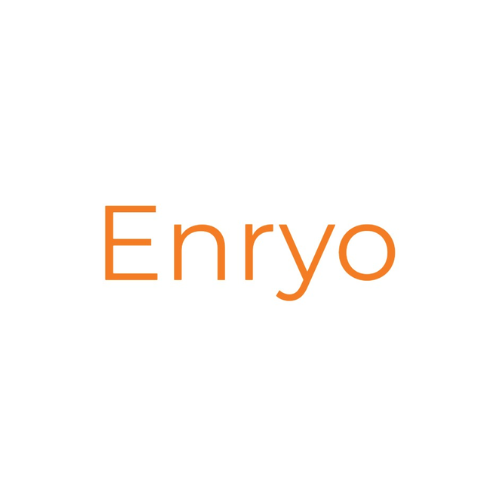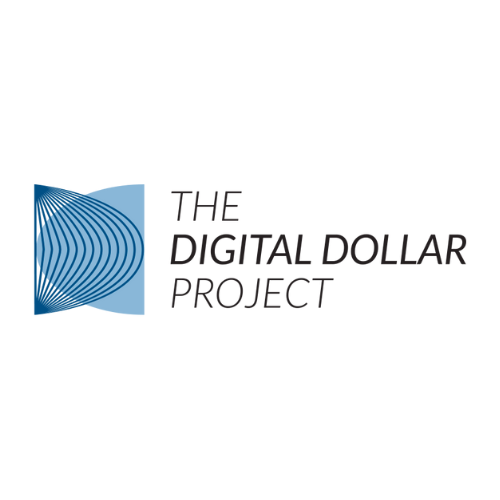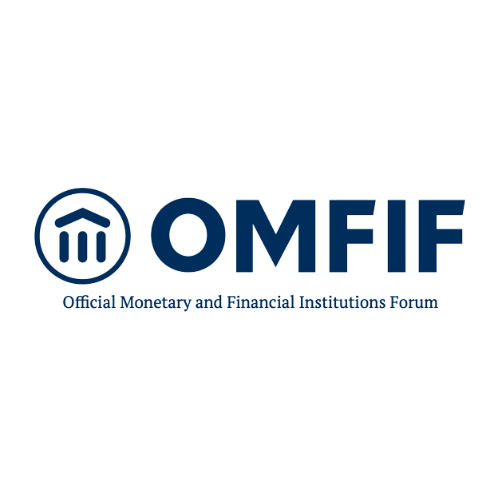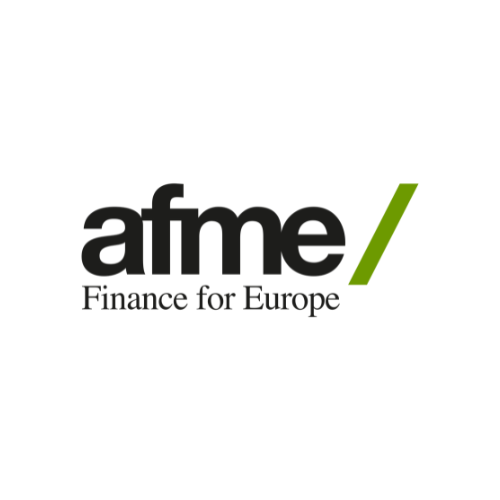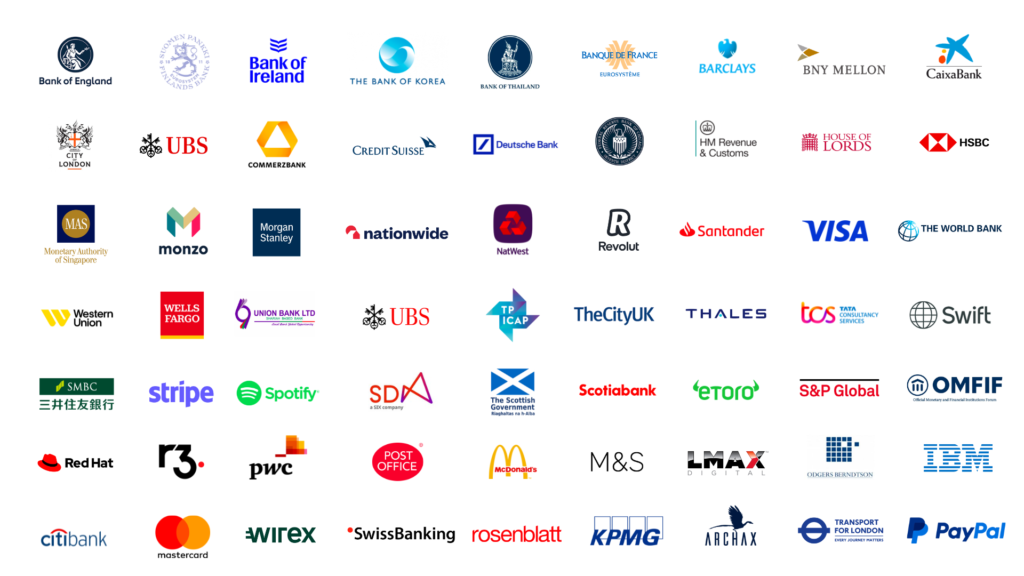The Banque de France has released new conclusions and lessons learned from its wholesale central bank digital currency (wCBDC) experiments using distributed ledger technologies (DLTs). Building on the initial report published in 2021, these findings contribute to the Eurosystem’s exploration of how wholesale financial transactions recorded on DLT platforms could settle in central bank money.
The experiments demonstrated the operational feasibility and practical implementation of three wCBDC issuance models: the interoperability model, the distribution model, and the integration model. These models address essential aspects of wholesale CBDC implementation and offer capabilities and functionalities complementary to conventional systems.
The key takeaways from the experiments include:
- Wholesale CBDC issuance complements retail CBDC, anchoring the value of central bank money for both retail and wholesale payments.
- International cooperation and public-private partnerships are essential to create a globally inclusive and interoperable wholesale CBDC framework.
- Prioritizing interoperability ensures seamless data and transaction exchange between DLT-based and conventional infrastructures.
- Climate-related concerns highlight the need to design energy-efficient solutions for wholesale CBDCs.
- DLT advancements provide central banks with various means to maintain control over their wholesale CBDC.
- Central banks should remain technologically neutral while promoting the adoption of common standards.
- DLT can enhance trade and post-trade activities’ straight-through processing and contribute to overall financial stability.
- Continued experiments at domestic and international levels are crucial to develop an operational framework through a learning-by-doing approach.
The Banque de France’s experiments also demonstrate that tokenized central bank money can improve cross-border payments and settlement finality for various financial assets. They emphasize the importance of using central bank money within the DLT ecosystem to maintain financial market stability and anchoring function for interbank and wholesale payments.
The bank’s pioneering work involved testing decentralised finance (DeFi) tools and proof-testing its own DLT, DL3S (Distributed Ledger for Securities Settlement System). Additionally, the Banque de France collaborated with other central banks in projects like Project Mariana, exploring optimised wholesale CBDC liquidity through a pool managed on a shared platform.
Looking ahead, the Banque de France is committed to supporting the Eurosystem’s exploratory work and exploring new concepts for cross-border payments. It envisions a future with multiple wCBDC DLTs coexisting globally, emphasizing the importance of early design interoperability to avoid replication issues experienced with existing Real-Time Gross Settlement Systems (RTGS). The bank will actively contribute to further research and experiments in this field.
Source: Markets Media
